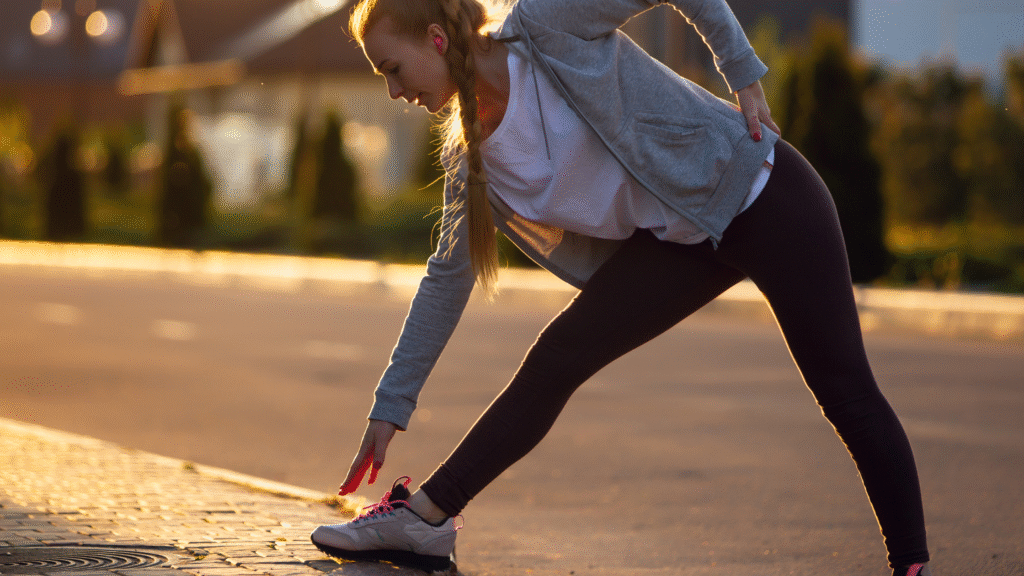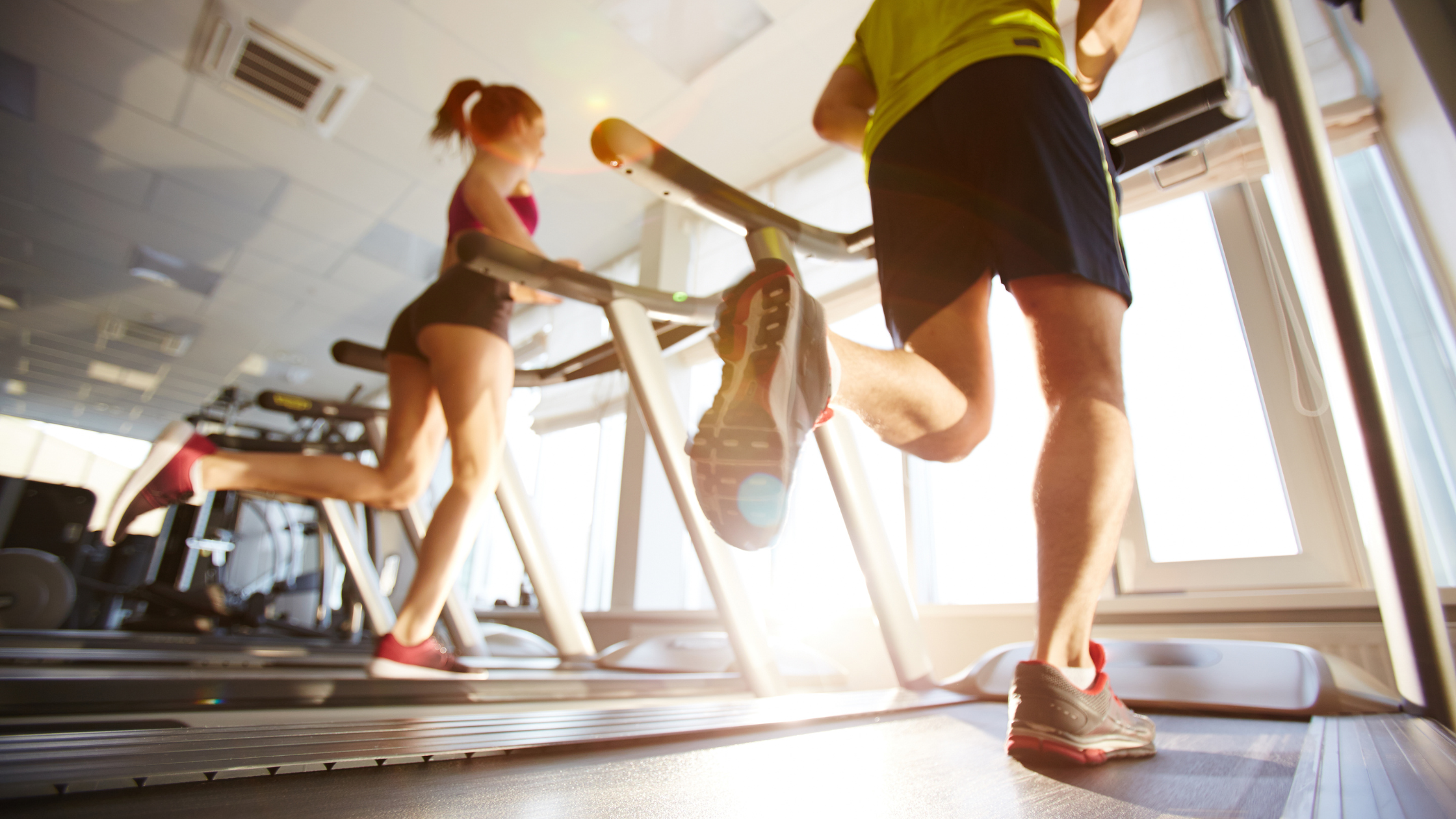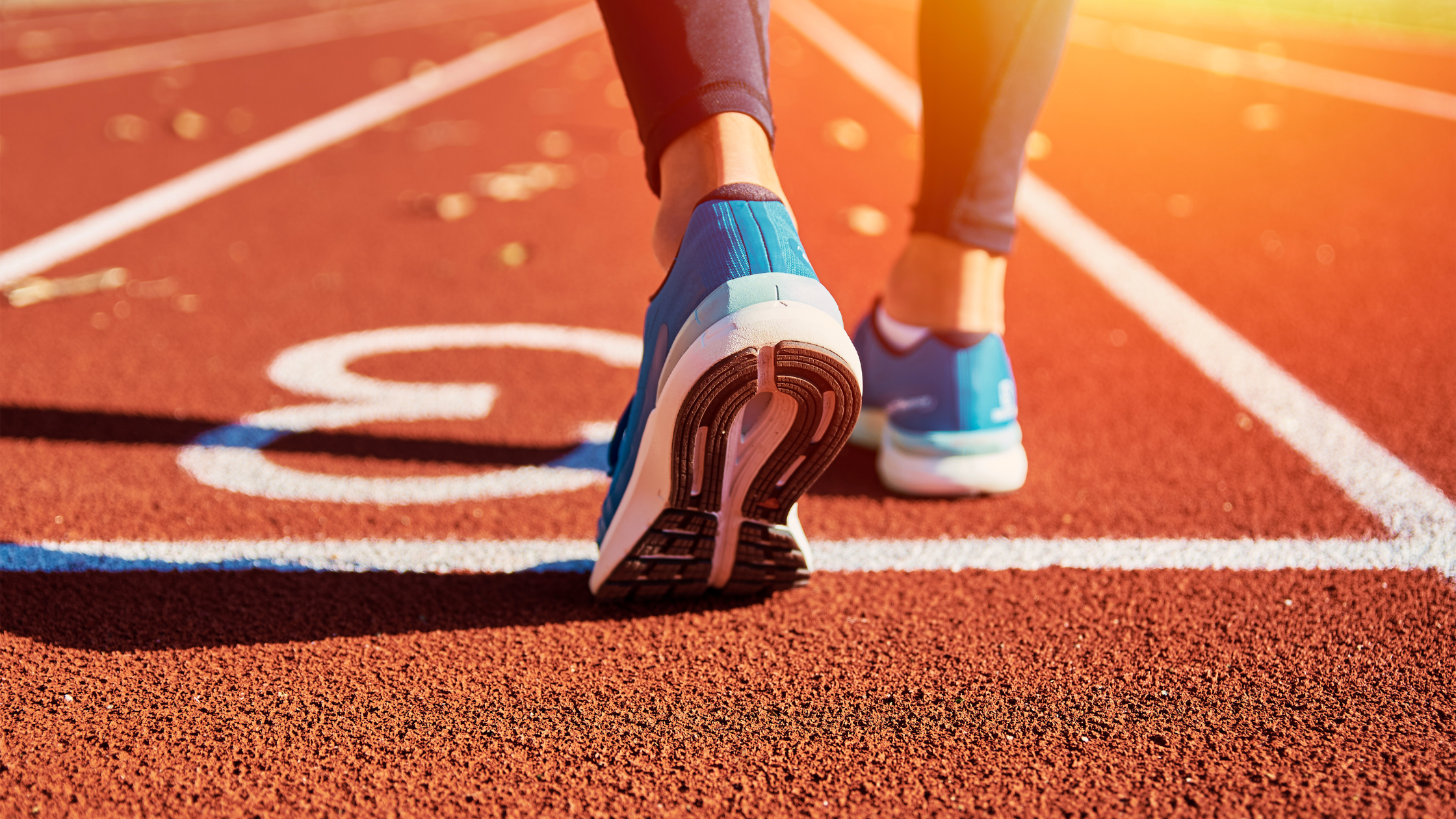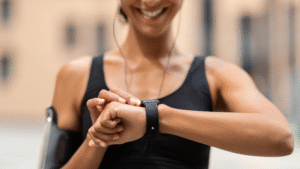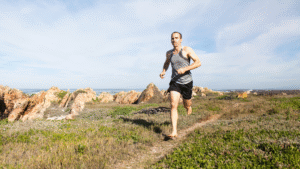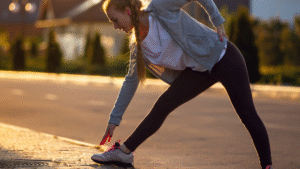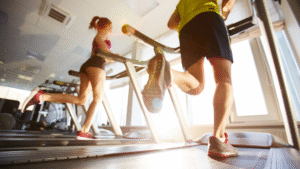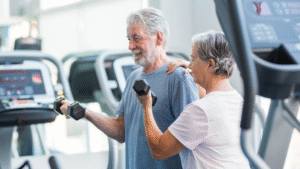Stiff muscles and limited range-of-motion can silently set you up for injuries. That’s why mobility and flexibility exercises are essential for anyone active, young or old. By regularly stretching and moving your joints through their full range, you keep muscles supple and joints lubricated – which helps ward off strains, sprains, and aches. In fact, Mayo Clinic notes that stretching improves flexibility and “may decrease your risk of injuries” in daily activities. This guide provides easy routines and tips to boost your mobility for injury prevention.
Why Mobility Matters
Think of your joints and muscles like a door hinge: if rusted or tight, the door creaks or gets stuck. Good mobility “oils the hinge”. Flexible muscles allow joints to move safely without undue stress. When you lack mobility, other parts of the body often overcompensate, leading to overuse injuries. For example, tight hip flexors can cause low back strain; stiff ankles can lead to knee pain. Maintaining flexibility ensures each joint moves correctly, reducing wear and tear.
The Mayo Clinic emphasizes that better flexibility helps joints move through their full range, improves performance, and decreases injury risk. In practice, stretching and mobility work helps with everything from bending to pick up something, to reaching overhead, to absorbing impact when you land from a jump.
When to Do Mobility Work
Pre-Workout (Dynamic Stretching): Warm up your muscles with dynamic movements – controlled leg swings, arm circles, or bodyweight lunges. These prepare your body to exercise by increasing blood flow and range of motion without straining cold muscles.
Post-Workout (Static Stretching & Foam Rolling): After training, use static stretches (hold a stretch for 20–30 seconds) on any tight areas (e.g., calves, hamstrings, shoulders) to improve flexibility. This is when muscles are warm and most pliable.
Separate Mobility Sessions: Even on rest days, you can do mobility drills or yoga poses to keep joints healthy. For example, deep squats for ankle/hip mobility, or thoracic spine extensions for back flexibility.
Step-by-Step Routines
Here’s a simple routine you can do in 10–15 minutes to cover major areas:
Foam Roll (Optional, Pre OR Post): Spend 1–2 minutes rolling each major muscle group (quads, hamstrings, calves, IT band, upper back). Foam rolling (self-massage) like with a Boldfit Foam Roller can help release muscle tightness and improve blood flow.
Hip Mobility (Pre or Post): Perform hip openers like deep lunges or world’s greatest stretch. From a lunge, lower the back knee and gently press hips forward. Then reach forward and twist gently to open the upper body.
Shoulder Mobility: Do arm circles (10 forward, 10 backward), and cross-body arm stretches (pull one arm across your chest, hold 20s each side). Another move is thread-the-needle: on hands & knees, slide one arm under your body and reach as far as comfortable for a thoracic stretch.
Spinal Flexibility: Perform Cat-Cow on all fours (arch your back, then dip it) to mobilize the spine. Follow with a seated or standing backbend and forward fold (if accessible) for gentle extension/flexion.
Lower Body Stretching (Post-Workout): Stretch each major muscle: calf stretch against a wall, hamstring stretch (seated or standing toe touch), quadriceps stretch (standing quad hold or kneeling), and a hip flexor stretch (kneel on one knee, push hips forward). Hold each for 20–30 seconds, breathe deeply.
Balance & Proprioception: Balance exercises (single-leg stands, or use a foam pad) indirectly train stabilizing muscles, which supports joint health and injury prevention. You can incorporate balance when doing stretches (e.g., standing on one leg while pulling heel to buttocks).
Tips for Safe Stretching
Warm Up First: Never stretch cold muscles deeply. Do a 5–10 minute light cardio (jogging in place, jumping jacks) or do stretches after a workout.
Listen to Your Body: Stretch to the point of gentle tension, not pain. Ease off if you feel sharp pain. Overstretching can injure instead of help.
Consistency Over Intensity: Regular short sessions beat occasional long, intense stretching. Aim for daily mobility work, even if just 5 minutes. The cumulative effect keeps muscles elastic.
Breath Control: Breathe normally. Exhaling during a deeper stretch often helps you relax further into the move.
Proper Technique: For each stretch, target the right muscle group. For example, don’t arch your back when stretching hamstrings; hinge at the hips. If unsure, follow a video tutorial or a yoga instructor’s cues.
Integrating Foam Rolling
A foam roller is a great tool to add to this routine. By rolling slowly over tight spots (trigger points), you improve circulation and muscle recovery. For example, roll each leg for ~1 minute each, pausing on tender spots. Boldfit Foam Roller is a popular option. Use it before stretching to help muscles relax, or after workouts to aid recovery.
The Payoff: Injury Prevention
By consistently doing mobility work, you keep joints supple and muscles long, so that physical activities (sports, hiking, lifting, even everyday chores) do not lead to strains. As Mayo Clinic notes, improved flexibility means better performance in activities and “may decrease your risk of injuries”. Make these routines part of your warm-up or daily habits, and you’ll likely notice fewer aches over time – and more ease moving your body in everyday life.

